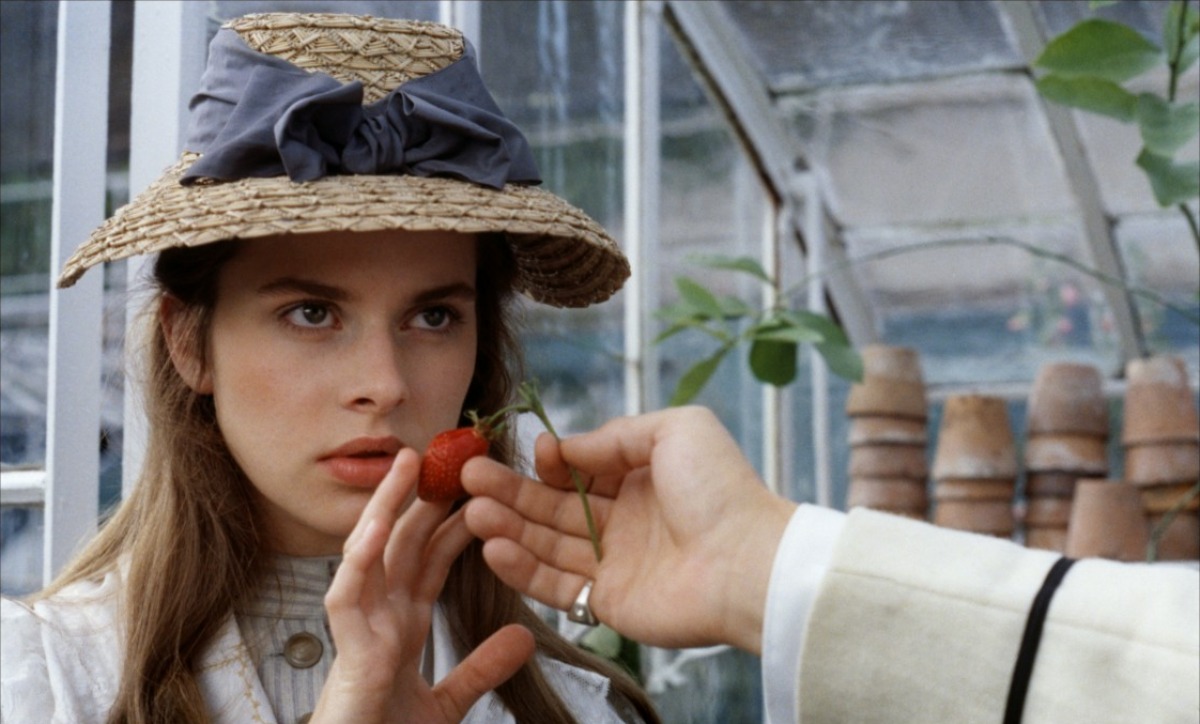
Roman Polański is one of the most distinguished Polish directors in film history and the only one who succeeded in mainstream American cinema. A graduate of the Film School of Łódź, the cinema visionary is an expert on the dark side of the human psyche and a master of ironic social observations.
He is also a person whose life was full of tragedies and scandals. His movies fascinate, scare, but entertain as well. Polański’s world-class career spans more than 50 years since he directed one of the best movie debuts ever, “Knife in the Water” (1963). In his filmography, real masterpieces can be found, but also artistic disasters. The list below is an evaluation trial of his vast and unique filmography, from worst to best.
20. Pirates (1986)
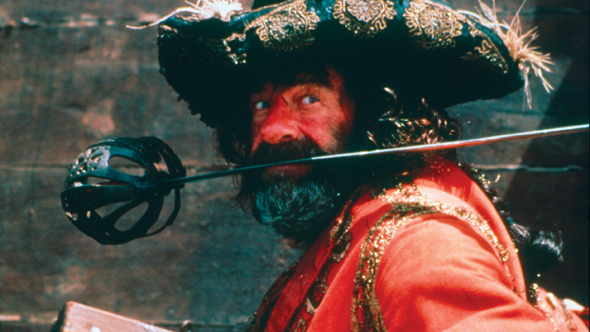
The first draft of the script for “Pirates” was written by Polański himself in 1974 after the premiere of “Chinatown,” but he met a lot of problems along the way to get the money for his adventure movie. Eventually it was made in 1986, so it took 12 years to finally make it. The main role of Captain Reed is played by Walter Matthau, but the very first choice was Jack Nicholson, who demanded too high a salary for the role.
What began as a passion project ended as the worst movie in Polanski’s rich filmography. “Pirates” was an artistic and commercial bomb, which earned only $6 million at the box office against a budget of $40 million, of which a considerable part was invested into building a fully functional replica of a Spanish galleon.
Clearly Polański doesn’t find himself into swashbucklers. The story of Captain Reed and his sidekick Frog, who created a mutiny on the deck of a Spanish galleon to get the secret Inca treasure, is lacking the grace and charm of genre classics such as “The Crimson Pirate,” “Captain Blood” or even the contemporary “Pirates of the Caribbean: The Curse of the Black Pearl.”
The usually charismatic actor Matthau is wrongly cast, and looks and behaves as though every minute of filming was a huge burden, and his pirate accent is laughable. Polanski, who derives from artistic cinema, fails in directing the engaging action scenes.
What’s more, the humor is extremely insipid, which makes the movie boring and practically unwatchable, not to mention that boredom is the biggest sin of an adventure movie. The advantages of “Pirates” are the costumes (deservedly nominated for an Oscar), an impressive art design, and the music of Philippe Sarde as the only component of the movie that gives the feeling of a big adventure, which this movie is supposed to be.
19. What? (1972)
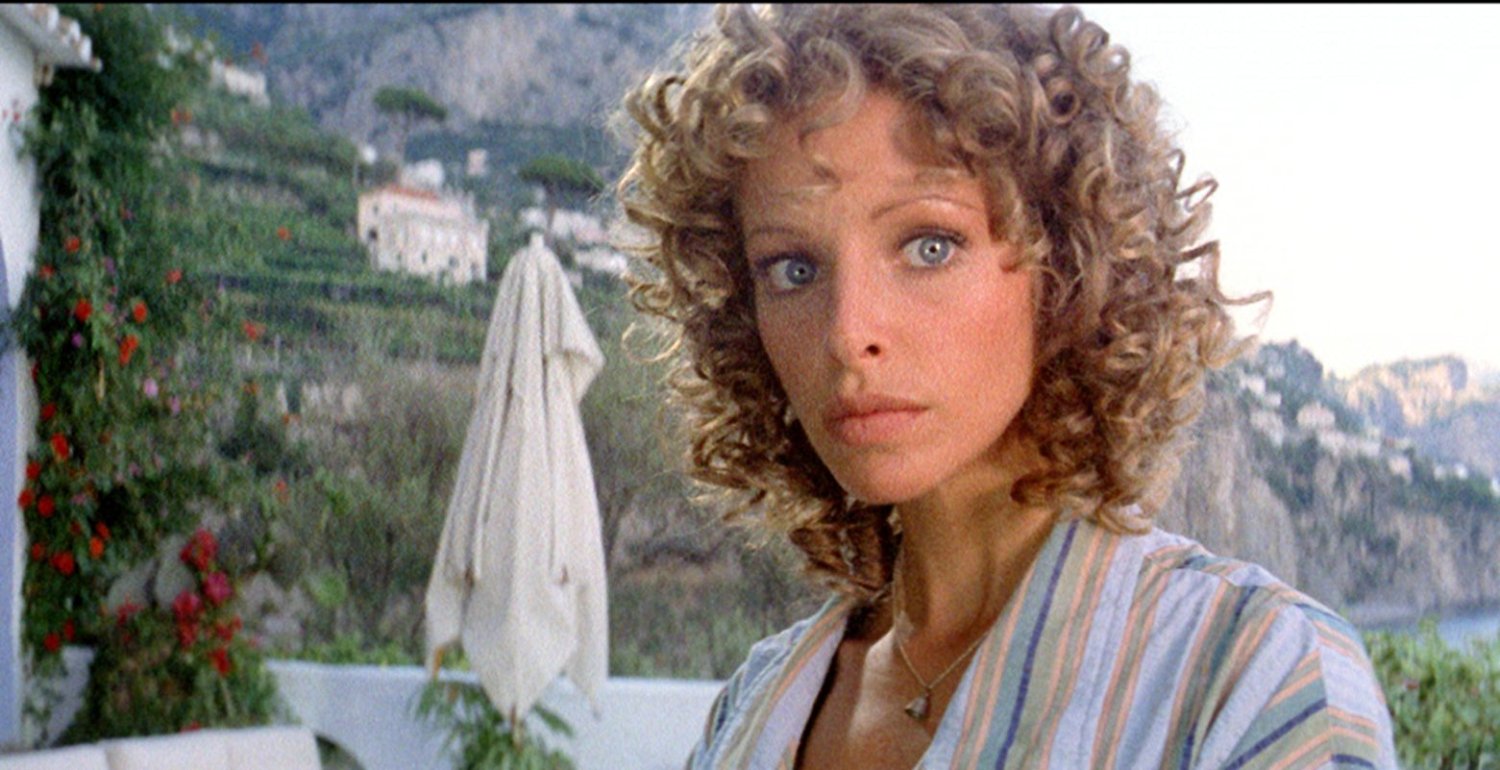
This title couldn’t be more accurate. It expresses precisely what is going on in the viewer’s mind, not only while watching this X-rated sex comedy, but also afterward. The story happens in Italy, where a young American tourist Nancy (Sydne Rome) runs from rapists and lands in a huge villa full of sexual deviants. The movie operates on the logic of dreams (in that case, the fever dream of a pervert) and a kind of quasi-burlesque variation of “Alice in Wonderland.”
“What?” is in many aspects worse than “Pirates.” Throughout his career, Polański had never directed a movie filled so pretentious, brutally misogynist, unfunny and deprived of intelligence or entertainment whatsoever. The author’s intent is eligible and could be thought over a long time, but at the end of the day any kind of interpretation doesn’t retain a hint of depth.
The humor is constantly single-tracked, bringing up nothing but the issue of sexual human nature and being even less mature about it than any idiotic teenage comedy such as “American Pie.” The entire script gives the impression of being written by a teenage in puberty with some surrealistic view, but without any comprehension.
It makes the movie frustrating to watch, but in a strange way fascinating as well. Not in a way “so bad it’s good,” more like “so weird it’s bad.” The icon of the European sophisticated cinema, Marcello Mastroianni, shows up in the movie as an aging pimp, asking the main actress in one of the scenes to whip him while he’s dressed as a tiger.
It’s one of the many, many weird and senseless sequences in a senseless farce of a movie. Demented, but not in a good way, this film is rather recommended to the connoisseurs of movies with the biggest transgressions.
18. The Fearless Vampire Killers (1967)
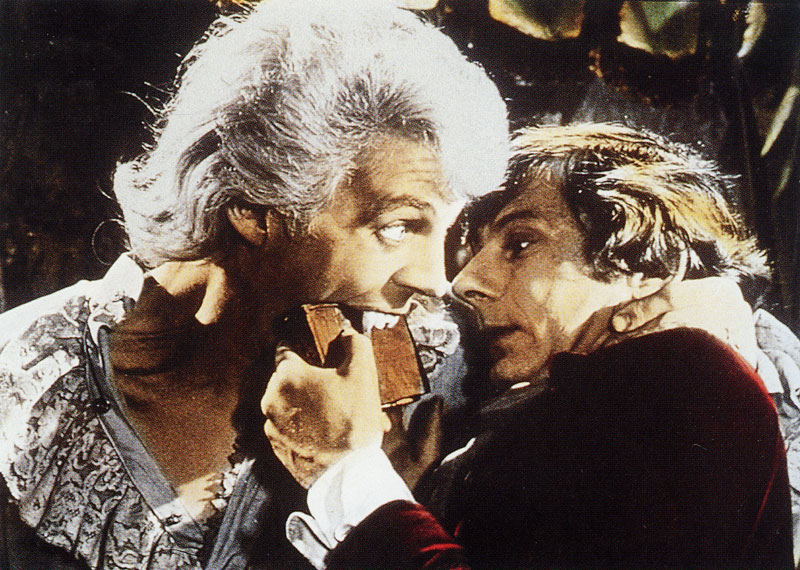
“The Fearless Vampire Killers” is the first movie by Polański shot in color. The story happens in the 19th century and is about an eccentric professor named Abronsius (Jack MacGowran) and his awkward assistant Alfred (played by Polański himself), who arrives in a small Transylvanian town in order to find the evidence for existence of the legendary bloodsuckers called vampires. The movie was made as an attempt at farcical deconstruction of the popular (at the time) hammer vampire flicks. Unfortunately, the attempt failed and is one of Polański’s weakest efforts.
The movie doesn’t work as a comedy at all. Instead of deriving from the intelligent and satirical observation of the vampire schemes, it is mostly based on outdated slapstick and not a lot of creative physical humor, which is moreover realized without any verve. Thus, movie is simply tiring and frustrating instead of being enjoyable, and the running time seems to go on forever. What really works in this movie is, paradoxically, its horror elements.
It is likely to be seen especially in the last act, placed in a palace of the villain Count von Krolock, and it can really induce the tension; the vampire’s ball scene is truly enjoyable to watch. It would probably be better for the movie itself if Polański decided to use a proven mix of horror and comic elements, like with his outstanding works “Rosemary’s Baby” and “The Tenant,” than the comedy with horror elements.
The advantages of ”The Fearless Vampire Killers” is the fantastic chemistry between the two main characters, full of detailed scenography and glorious technicolor look of the film. As usual, the music by Krzysztof Komeda is the stunning testimony of the Polish jazzman’s great talent and gives the thrills, but it’s a bit sad that it wasn’t used in a better movie. What’s interesting is that in this movie, Polański met his future wife, Sharon Tate.
17. Oliver Twist (2005)
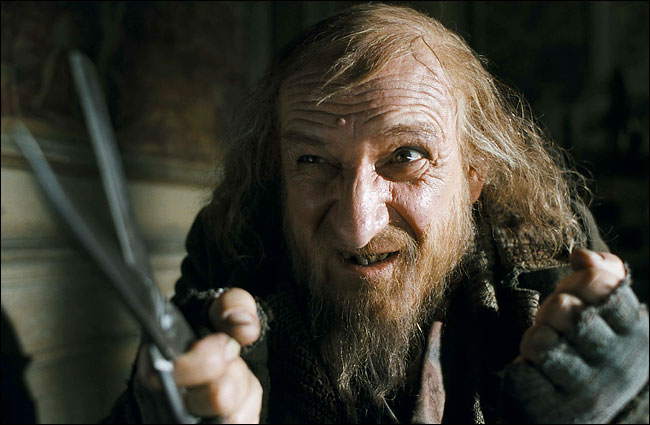
At first glance, Polański isn’t a typical choice to direct Charles Dickens’ literary classic “Oliver Twist.” But considering the director’s biography, particularly his rough childhood during World War II, there is a visible parallel between the cases of the young Oliver Twist fighting for his honor on the streets of London during the Industrial Revolution, and young Polański, who was caught up with his family in the ghettos, then hiding from the Nazis in a Polish province.
With a view to this similarity, the movie is expected to be different, with a more serious attempt at “Oliver Twist” than its other adaptations. Unfortunately it is not – this book adaptation is more like Spielberg-style movie for the whole family. It doesn’t really make this movie a failure, but regretfully Polański didn’t do it in a more original way.
Clearly it’s lacking the characteristic “Polański touch,” which is noticeable even in his worst movies such as “Pirates.” Because of that, it’ll never be elevated over the Hollywood mediocrity of typical costume dramas, and is weak in comparison to the best “Oliver Twist” adaptation – Carol’s Reed “Oliver!”, in which the author, unlike Polański, took the risk and successfully changed the classic into musical.
Barney Clark in the main role shows no talent and doesn’t endear himself, so it’s hard see Oliver as a character from flesh and blood and root for him. Ben Kingsley as a villain, on the other hand, is utterly over the top – as the sinister leader of a child’s gang, Fagin, whenever he’s on screen he makes the movie interesting and engaging.
What’s more, “Oliver Twist” has an excellent and accurate production design, so the dirty 19th century London streets look very realistic. Unlikely, regarding the overall issues, “Oliver Twist” is the weakest film directed by Polański in the 21st century.
16. The Ninth Gate (1999)
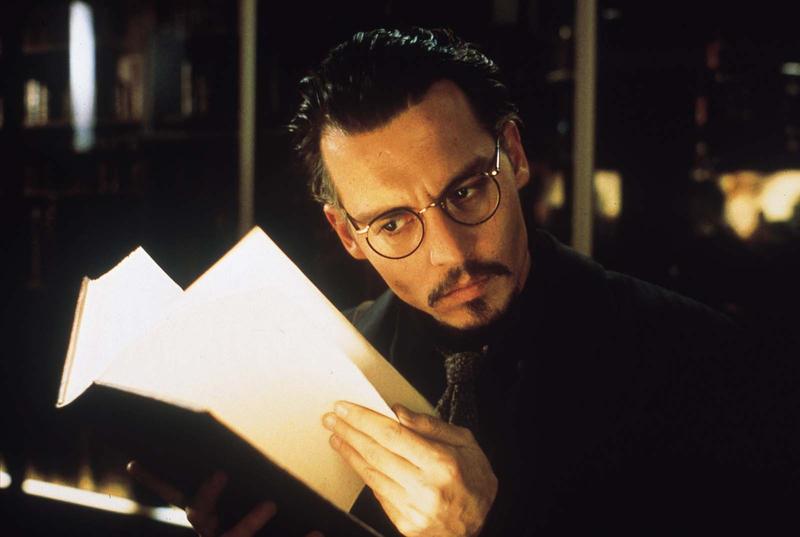
On paper, “The Ninth Gate” should be the next Polański masterpiece. The popular novel by Arturo Pérez-Reverte, “The Club Dumas,” where a “book detective” searches for a novel written by Lucifer himself, should be a perfect ground for a movie adaptation, one that would be a combination of the noir sensitivity of “Chinatown” and a Satanic horror movie like “Rosemary’s Baby.” The final effect is unfortunately far from being perfect.
The main character, played by Johnny Depp is stiff and bland and doesn’t bring much to his character; he lacks the charisma and gives a hard-boiled feeling that should be made up for with anti-hero Dean Corso.
From scene to scene, the actor gives the impression of being bored and unengaged. The investigation for the demonic book itself isn’t very engaging and jaw-dropping, either. The movie is missing the suspense, surprises and a certain depth that is noticeable in the best Polański pictures. But does it make “The Ninth Gate” a bad movie?
Most certainly not. It disappoints and doesn’t make entire use from the potential of the book, but has a few aspects where Polański’s genius is visible. A sense of dread, macabre black humor and the effective use of music elevates the movie from a level of mediocrity.
Visually, it defends itself with the atmospheric cinematography by Darius Khondji, know for “Seven” and “The City of Lost Children.” Same as with “Rosemary’s Baby,” Polański sneers at Satanists, who appear as bored and mannered representatives of the upper class, finely played by Frank Langella and Lena Olin. The other advantage of the movie, similar to “Rosemary’s Baby,” is leaving things to our imagination.
“The Ninth Gate” isn’t one of Polański’s best movies or even as good as the other great pictures from 1999, but it doesn’t bring shame and could be a great entertainment with thrills for a lazy Sunday afternoon.
15. Carnage (2011)
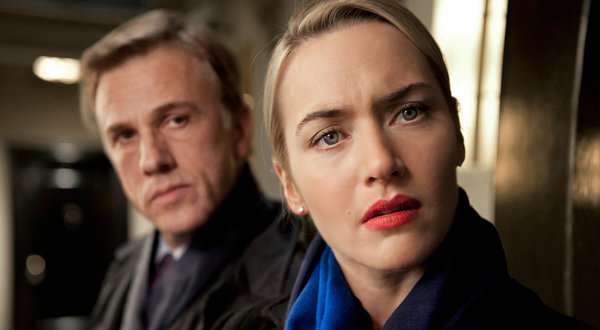
“Carnage,” a black comedy based on Yasmina Reza’s play “God of Carnage,” presents a meeting of two middle-aged couples (John C. Reilly and Jodie Foster, Christoph Waltz and Kate Winslet), who gather in order to discuss the situation where one of their children hit another couple’s child with a hockey stick in the face.
What was supposed to be a short meeting turns into a real ideological fight between them, but that’s only the beginning. As a result of drinking more and more Scotch, things get complicated and out of control every second. The original purpose of the meeting becomes an excuse to show their real faces.
Of all of three theatrical adaptations made by Polański, “Carnage” feels the least natural in making the transition from theatre desk to the big screen, where the steps forward in the couples’ dispute isn’t very convincing. Surely it’s not a casting failure, because every actor is doing their best, and there are also well-written, razor-sharp dialogues. You can’t get bored during the movie; it’s incredibly funny considering that it’s based on talking heads and has a good dynamic.
Apart from the last scene, the whole movie is set in the apartment and the confined space is obviously a specialty of Polański. “Carnage” is a fine, profound comedy, but not very memorable compared to the other works from this director.